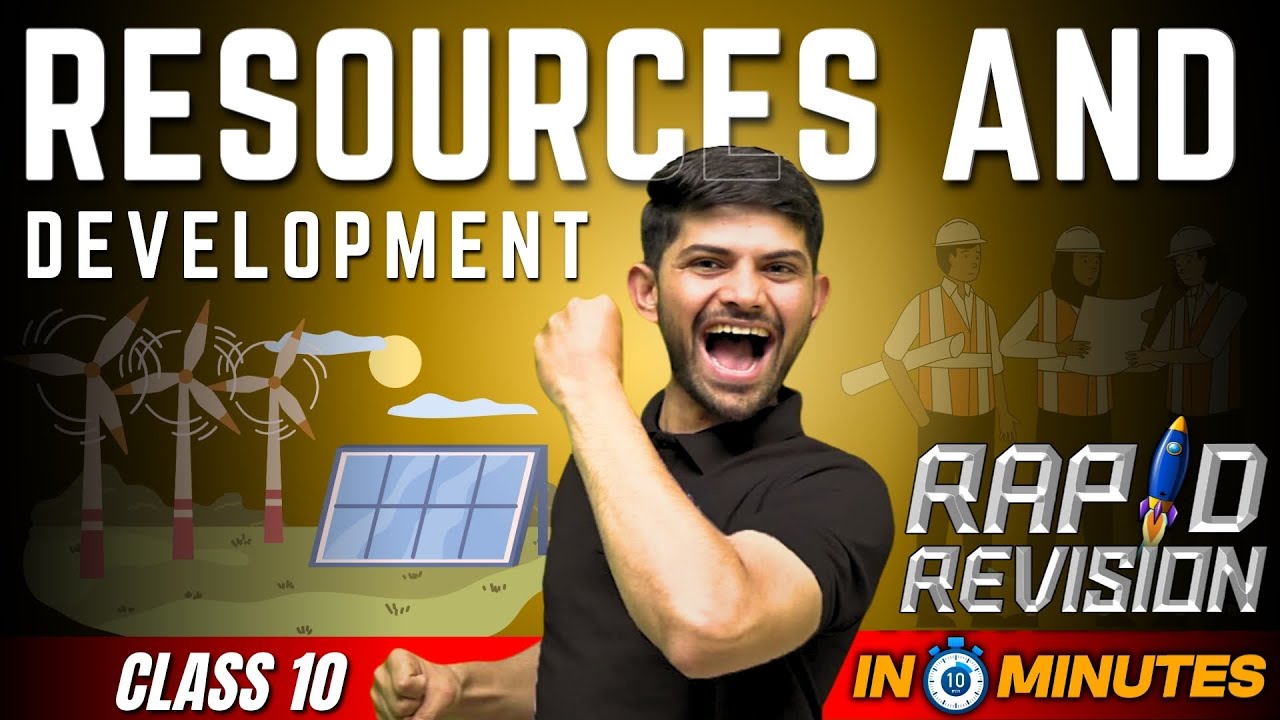Resource Planning for Projects: A Guide - Project Management Training
Summary
TLDRThis video discusses resource planning for projects, emphasizing the importance of identifying and organizing both personnel and equipment resources. It explains that resources go beyond just people, including hardware, software, finances, and more. Best practices include early planning, involving the team, referencing industry standards, and using project management software. The video outlines three key steps: 1) Identify necessary resources, 2) Determine when these resources are needed, and 3) Negotiate how and where to obtain them. It concludes by recommending project management software to streamline the resource planning process.
Takeaways
- 🔧 Resource planning involves identifying all necessary resources (people, equipment, finances) required to deliver a project.
- 👥 Some people mistakenly focus only on personnel or equipment, but resource planning should consider both and more.
- 📊 Resources are allocated at the task level to ensure that every part of the project has what it needs to be completed.
- ⚙️ Resources include equipment, hardware, software, financial support, and personnel with specific skills and qualifications.
- 🗓️ Best practice: plan resources in advance of the project start date to ensure availability.
- 🛠️ Include team input in the planning process to avoid overlooking critical resources.
- 📜 Reference industry standards to ensure compliance with regulations and requirements.
- 🔄 Continuously update resource plans throughout the project to adapt to changing standards and project needs.
- 🖥️ Use project management software to keep resource planning organized and centralized.
- 📋 Three key steps for resource planning: 1) Identify resources, 2) Determine when they are needed, 3) Negotiate how to acquire them.
Q & A
What is resource planning in the context of project management?
-Resource planning in project management is the process of identifying and securing the necessary resources, such as people, equipment, tools, and finances, needed to successfully complete a project. It is typically done at the task level to ensure all requirements are met for each specific task within the project.
Why is it important to consider both people and equipment resources in resource planning?
-It is important to consider both people and equipment resources because different tasks within a project may require specific skills, expertise, or tools to be completed effectively. Focusing only on one type of resource could lead to inefficiencies or delays if other critical resources are not accounted for.
What are some best practices for resource planning mentioned in the script?
-The best practices include planning in advance of the project start date, getting input from the team to avoid overlooking resources, referencing industry standards to meet requirements, updating the plan throughout the project, and using project management software to keep everything organized.
Why should you plan your resources at the task level?
-Planning at the task level ensures that all specific needs for each task are considered, such as the people required to complete the task and any equipment or tools necessary for its completion. This detailed level of planning helps avoid missing crucial resources that could affect task or project outcomes.
What should you consider when identifying equipment resources for a project?
-When identifying equipment resources, you should consider the types of hardware, software, and tools needed, their specific requirements (like versions), whether they need to meet industry standards, and whether you will purchase or lease them. It's also important to assess the terms of acquisition.
How can you determine when resources are needed during a project?
-You can determine when resources are needed by assessing the project phases. Some resources may be required only during the pre-project planning phase, others might be needed for specific time frames, and some may be necessary throughout the entire project. Planning ahead ensures resources are available at the right time.
What factors should be considered when dealing with personnel resources?
-When dealing with personnel resources, you should consider the specific roles required, the skills and experience needed, certifications (e.g., security clearance for government projects), and whether to use existing employees or hire externally, either directly or through a third-party.
What is the purpose of negotiating where and how to obtain resources?
-Negotiating where and how to obtain resources ensures that you can secure the necessary resources, whether internally, externally, or through a third-party provider. In some cases, this might involve formal processes like requests for proposals (RFPs) or bids, especially in government projects.
Why is it important to keep updating the resource plan throughout a project?
-It's important to update the resource plan throughout the project because project requirements, industry standards, and resource availability may change over time, especially in long-term projects. Keeping the plan up to date ensures that the project continues to meet all necessary standards and has the resources required at each stage.
How can project management software help with resource planning?
-Project management software can help with resource planning by consolidating all planning activities in one place. It provides an organized way to track resources, update plans, and ensure that all team members have access to the latest information about the project’s resource needs.
Outlines

Esta sección está disponible solo para usuarios con suscripción. Por favor, mejora tu plan para acceder a esta parte.
Mejorar ahoraMindmap

Esta sección está disponible solo para usuarios con suscripción. Por favor, mejora tu plan para acceder a esta parte.
Mejorar ahoraKeywords

Esta sección está disponible solo para usuarios con suscripción. Por favor, mejora tu plan para acceder a esta parte.
Mejorar ahoraHighlights

Esta sección está disponible solo para usuarios con suscripción. Por favor, mejora tu plan para acceder a esta parte.
Mejorar ahoraTranscripts

Esta sección está disponible solo para usuarios con suscripción. Por favor, mejora tu plan para acceder a esta parte.
Mejorar ahora5.0 / 5 (0 votes)






